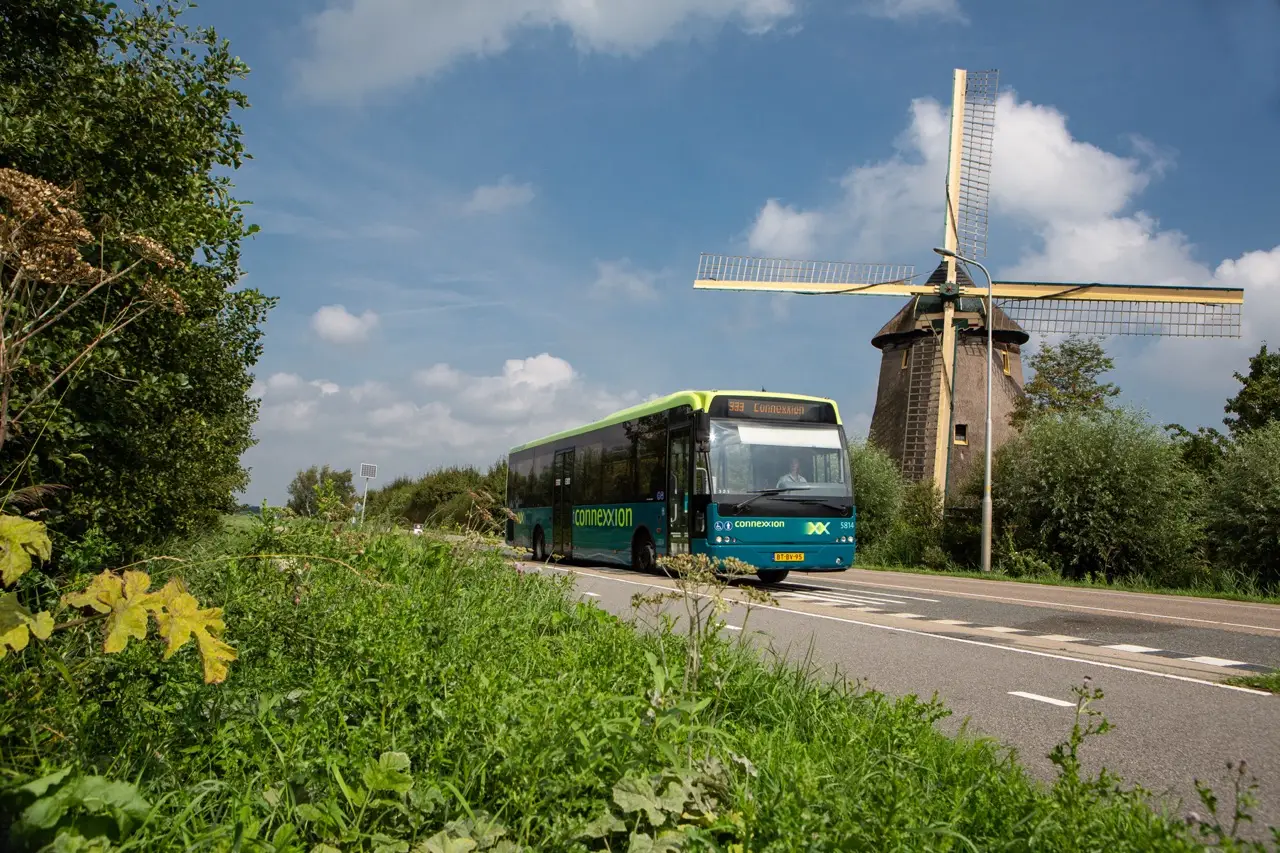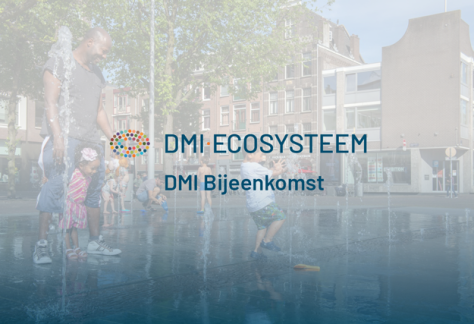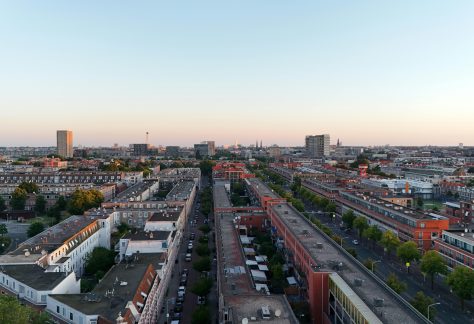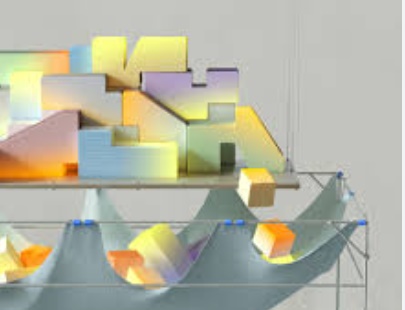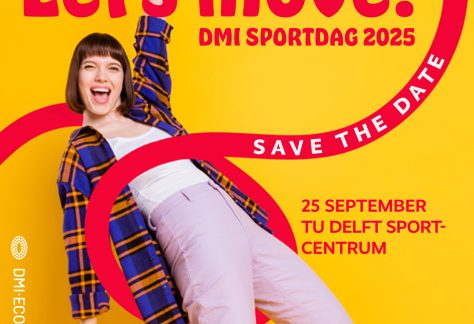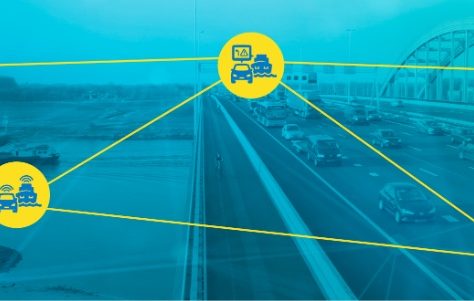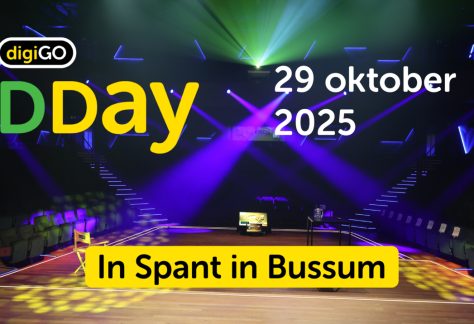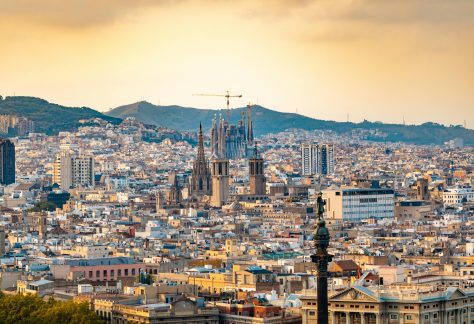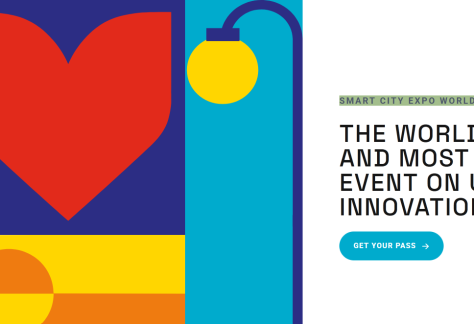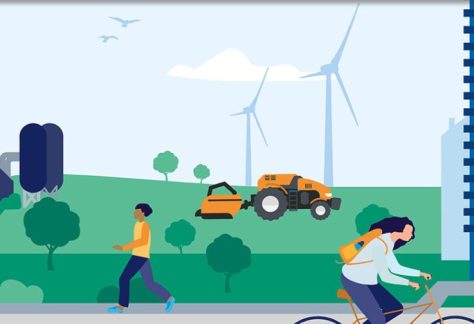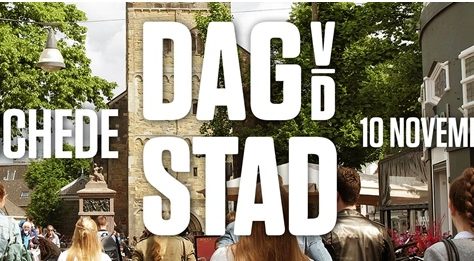Public transportation
public transportation is struggling with rising costs and declining numbers of travelers and, as a result, service levels and empty buses. The differences between areas, target groups and highs and lows have long been areas of concern. Shared mobility is growing, but is still a emerging market with all its associated growth pains. WMO ('Social Assistance Act'), target group and school pupil transportation, and the OV (public transportation) chip card for students are controlled and paid for separately by different governments with different instruments. An unambiguous digital accessibility of the total transport is still a long way off. As a result, different forms of transport in the same area do not sufficiently connect to each other. The accessibility of work locations and primary care and education facilities is therefore under pressure.

